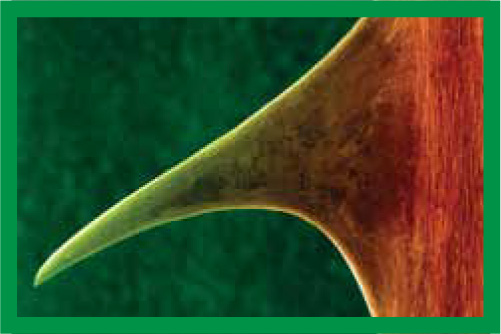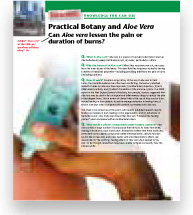CONTENTS
|
Defending and regulating while rooted in the ground |
|
|
Plants defend themselves from herbivores and survive extreme environments. 764 |
|
|
19.1 |
Plants actively resist being eaten. 764 |
|
19.2 |
This is how we do it: Do thorns really protect plants from being eaten? 767 |
|
19.3 |
Special adaptations help some plants thrive in extreme habitats. 768 |
|
Hormones regulate growth and development. 770 |
|
|
19.4 |
Hormones help plants respond to their environments. 770 |
|
19.5 |
Seed germination and stem elongation are stimulated by gibberellins. 771 |
|
19.6 |
Seedlings grow and properly orient themselves under the direction of auxins. 773 |
|
19.7 |
Other plant hormones regulate flowering, fruit ripening, and responses to stress. 775 |
|
External cues trigger internal responses. 778 |
|
|
19.8 |
Tropisms influence plants’ direction of growth. 778 |
|
19.9 |
Plants have internal biological clocks. 780 |
|
19.10 |
With photoperiodism and dormancy, plants detect and prepare for winter. 782 |
|
Practical botany and Aloe vera: can Aloe vera lessen the pain or duration of burns? 784 |
|
XXIII
 19 • Plants Respond to Their Environments 763
19 • Plants Respond to Their Environments 763 StreetBIO: KNOWLEDGE YOU CAN USE
StreetBIO: KNOWLEDGE YOU CAN USE